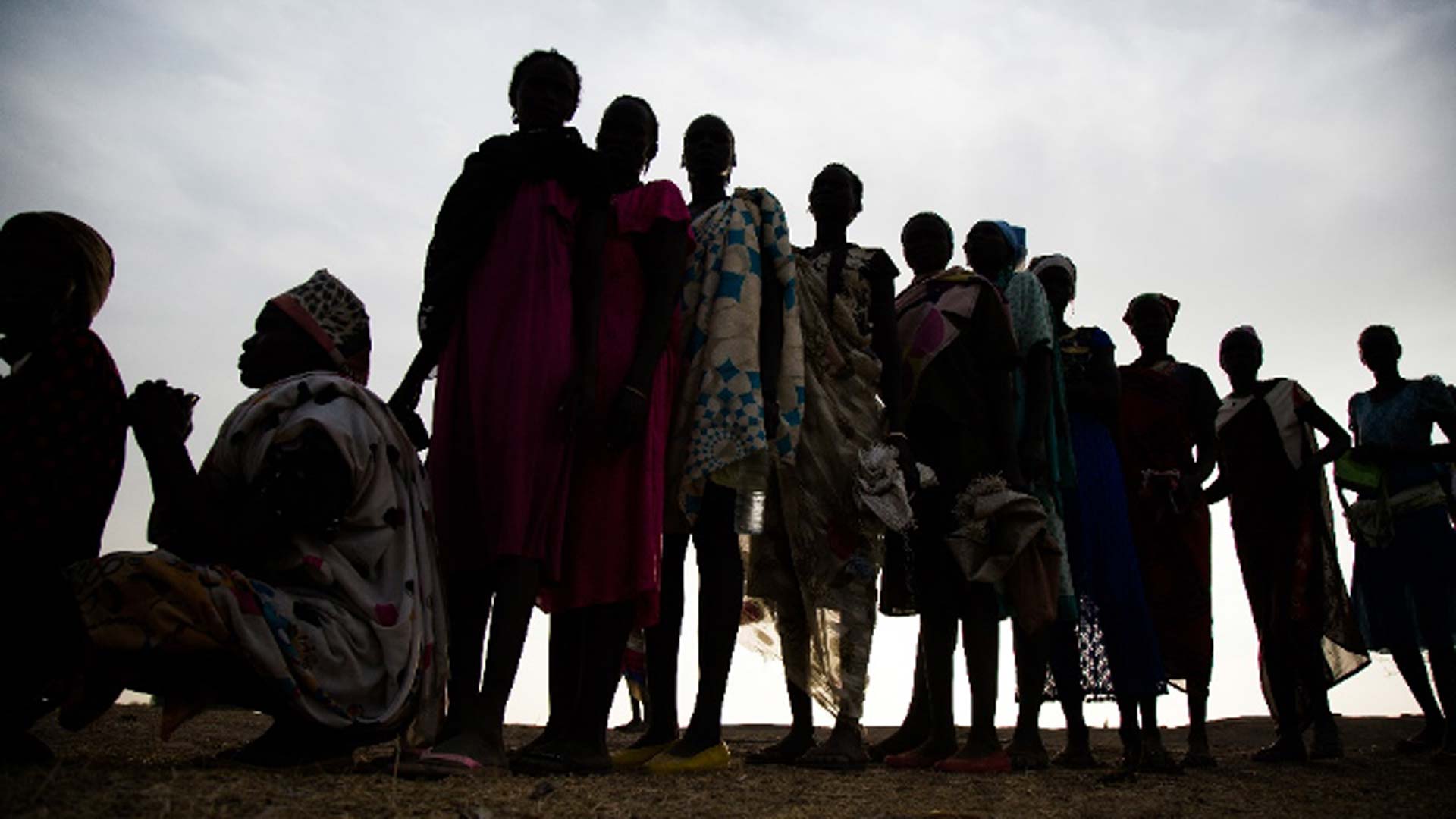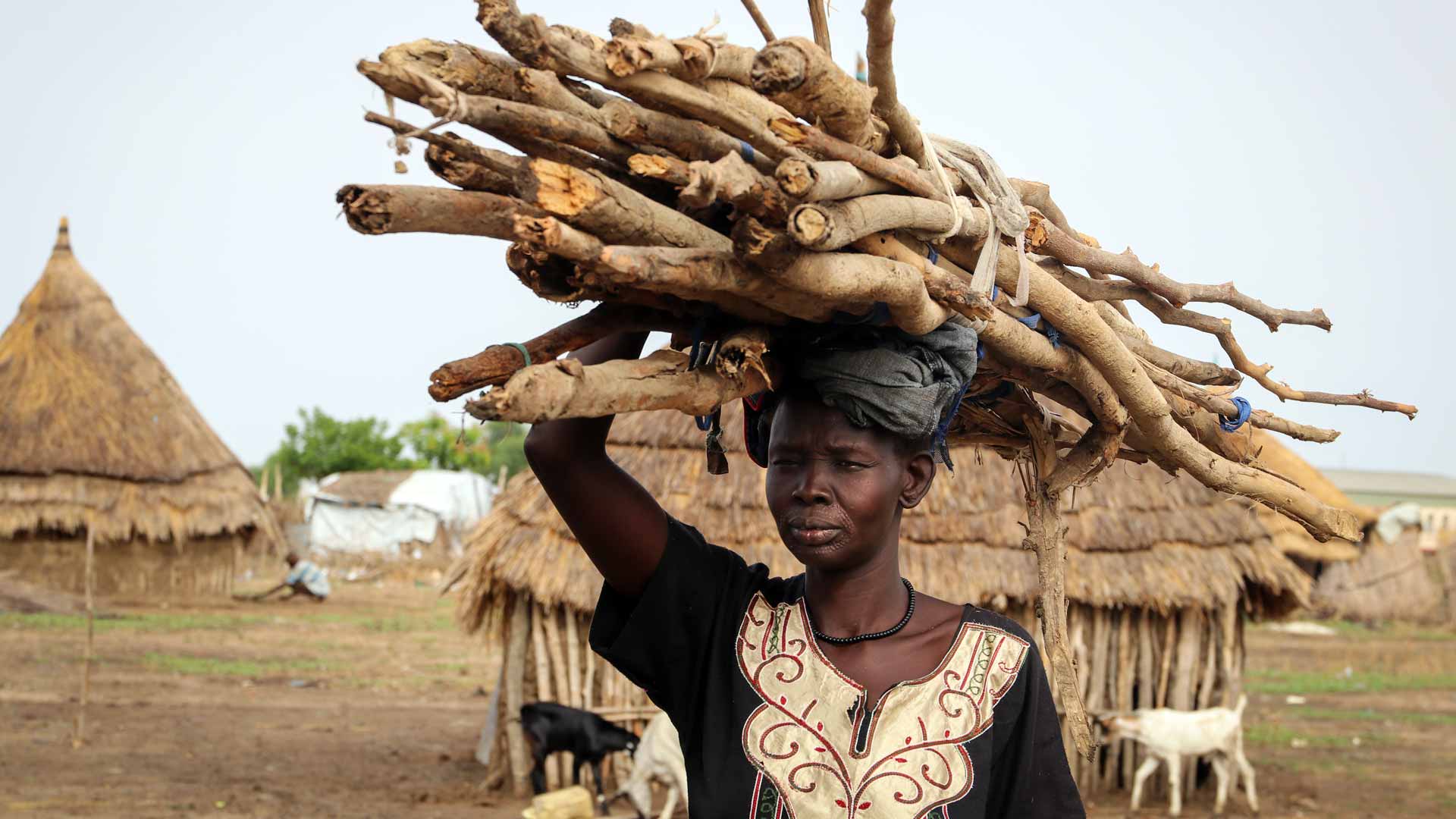Expert analysis
19 February 2020
Third time lucky in effort to end South Sudan conflict?
February 22nd marks the deadline for the formation of South Sudan’s transitional government of national unity, designed to unite president Salva Kiir and head of opposition Riek Machar. This is the latest in a series of deadlines. It is unclear whether this latest one will hold – and whether a transitional government of so-called national unity will truly put an end to the conflict and associated displacement.

The world’s youngest country descended into violence in December 2013, just two years after independence. The conflict sparked as a result of a political disagreement between president Kiir and former vice president Machar, whom the former accused of attempting a coup. The fighting rapidly took on ethnic lines. Over 1.3 million new displacements were recorded the following year.
“The war has divided people into government and opposition loyalists, and this has caused clashes between clans and ethnic groups, and deep poverty.”
– IDP, Bentiu Protection of Civilian site
A peace agreement was signed in August 2015, foreseeing the creation of a transitional government uniting government and opposition forces. Machar delayed his return to the country’s capital because of unresolved questions regarding security, finally landing in Juba in April 2016 to be sworn back in as prime minister. From the outset, optimism was limited.
The Guardian noted in April 2016 that, “while his [Machar’s] return is the ‘best chance yet’, the deal imposed under intense international pressure only returns the country to the status quo that existed before his July 2013 sacking as vice-president, which precipitated the war.”
There were fears that Machar’s return to Juba could ignite further conflict, but the following months remained peaceful. Until July. On July 8th, heavy fighting broke out between government and opposition forces. The four days of fighting that ensued displaced around 36,000 people in the capital alone.
A ceasefire on July 11th put an end to the fighting in Juba – but not to sexual violence, which continued unabated. Meanwhile, conflict spread once more to the rest of the country, including previously peaceful areas such as the Equatorias.

A new peace agreement was signed in September 2018, again setting the stage for the formation of a transitional government of national unity. Initially set for May 2019, the deadline was extended to November after the warring political parties failed to form a government, and a further one hundred-day extension was granted when unresolved disputes once more jeopardised the arrangement.
“This avoids the worst, even if it falls short of providing a clear path to resolving the outstanding issues. The regional mediators must step up at the highest levels to move the peace process forward.”
- Alan Boswell, International Crisis Group
Some progress has been made. The government has accepted to revert back to the former ten-state structure, having unilaterally increased the number of states to 28 then 32 in an apparent attempt at ethnic gerrymandering. Although the addition of three administrative areas has been rejected by the opposition, there are hopes that a compromise may be reached. Security arrangements such as cantonment, demilitarisation and the formation of a national army, however, have yet to be agreed upon, leading to fears of a repeat of July 2016.
If this third deadline is respected and Kiir and Machar unite in government, it will be the third time they attempt to share power. In the meantime, over 380,000 people are thought to have lost their lives. Almost 1.5 million people were living in internal displacement in South Sudan as of August 2019, and a further 2.2 million have sought refuge abroad. Let’s hope that this third attempt will prove more successful.
Find out more
To find out more about displacement in South Sudan, read our latest report “Tired of Running”: Displacement and premature returns in South Sudan.